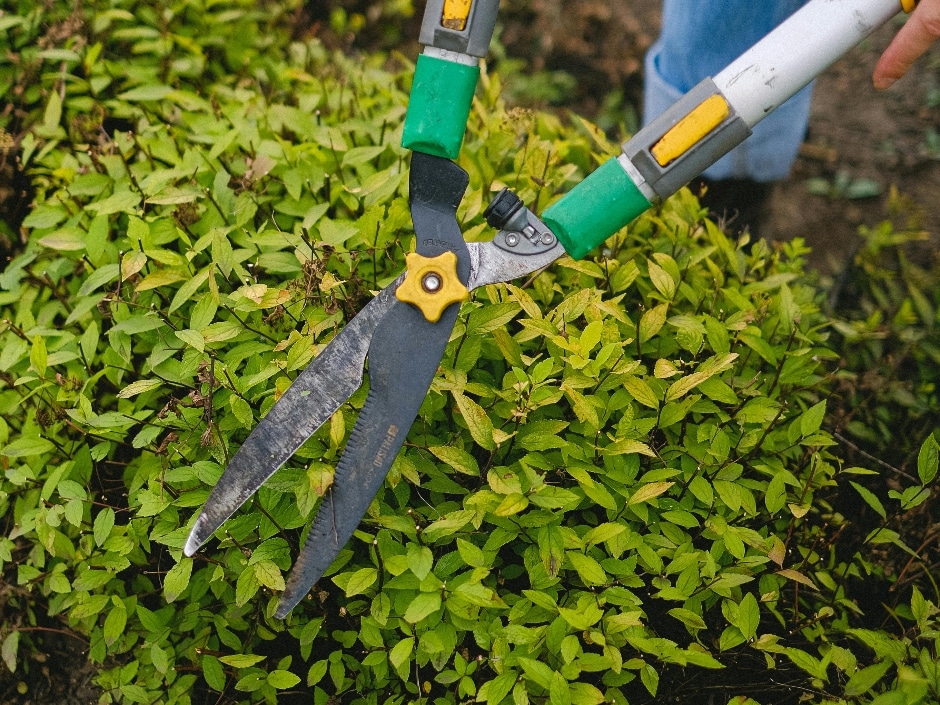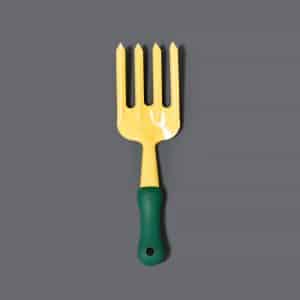Why July is pruning month (and what to prune right now)
DIY and how-to

When July arrives, seasoned gardeners know it’s time to grab their secateurs and get pruning.
Winter pruning is a crucial gardening habit that sets your plants up for spectacular spring growth and abundant flowering.
Understanding why July is the best time for pruning is key to transforming your garden’s health and appearance for the seasons ahead.
Seasonal plant care: why July is the best time for pruning
July falls right in the heart of our winter season, when most plants enter their dormant period.
This dormancy makes winter pruning ideal for a few important reasons:
Plants aren’t actively growing, which means they won’t waste energy trying to heal pruning wounds while simultaneously pushing new growth.
The cooler temperatures and reduced daylight hours signal plants to slow their metabolism, making this the perfect time for major structural work.
Winter pruning also allows you to see the bare bones of deciduous trees and shrubs, making it easier to identify problem branches, crossing limbs and areas that need attention.
What plants to prune in winter and how to do it
Here’s your step-by-step pruning guide for home gardeners.
Roses
July is prime time for rose pruning. Winter pruning encourages better spring growth and abundant blooms.
How to: Remove dead, diseased and weak canes first, then cut back healthy canes to about one-third of their height. Always cut just above an outward-facing bud to encourage open growth.
Fruit trees
Stone fruits like peaches, plums and apricots benefit from winter pruning. Focus on opening up the centre of the fruit tree for better air circulation and sunlight penetration.
How to: Remove any branches growing inward or crossing over others. Apple and pear trees also respond well to July pruning, though they’re more forgiving if you need to delay until August.
Deciduous ornamental trees
Trees like jacarandas, plane trees and deciduous magnolias are perfect examples of trees that benefit from winter pruning.
With their leaves gone, you can clearly see the tree’s structure and remove any dead, damaged or poorly positioned branches. This is also an excellent time to shape young trees.
How to: Make a cut just above an outward facing healthy bud or sideshoot. This will allow a new branch to grow outwards instead of inwards. Try to cut at a 45-degree angle if possible.
Shrubs and hedges
Many flowering shrubs, particularly those that bloom on new wood, benefit from winter pruning.
Buddleia, hibiscus and many indigenous shrubs respond well to hard pruning in July. Formal hedges can also be trimmed back now.
Plants to avoid pruning in July
Spring-flowering bulbs should be left alone until their foliage dies back naturally.
Early spring bloomers like azaleas and camellias are best pruned immediately after flowering, not during winter.
Frost-sensitive plants in colder regions should also wait until the worst of winter has passed, as pruning can stimulate growth that’s vulnerable to late frost damage.
Get your essential tools for winter pruning
For professional-quality results, invest in proper tools and supplies. Sharp secateurs, pruning saws and loppers make the job easier and ensure clean cuts that heal quickly.
The good news? Your local Stodels garden centre is your one-stop shop for all these winter pruning essentials, which means your garden will be taking full advantage of pruning benefits for plant growth and shape in no time. Happy pruning!




